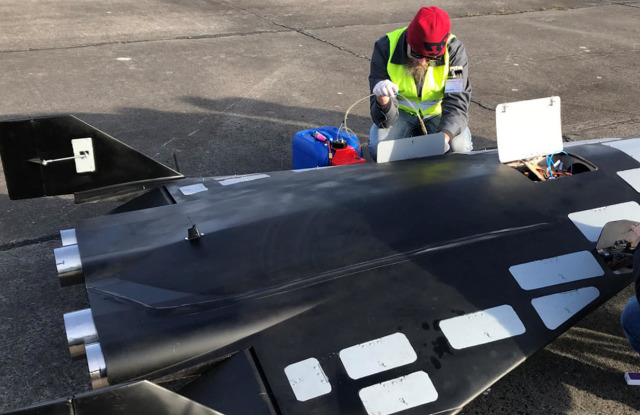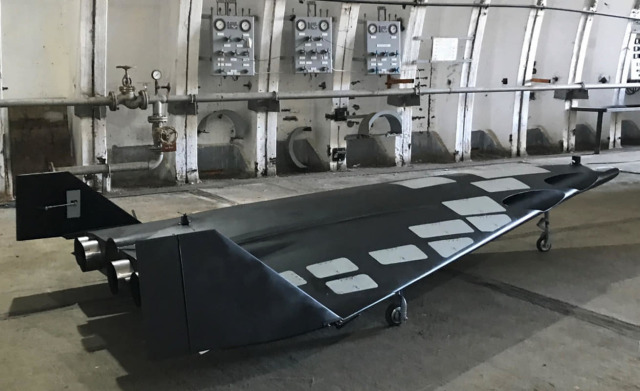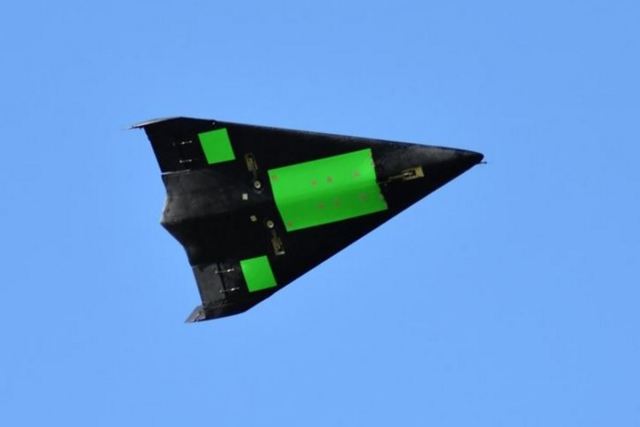The Bremen startup company Polaris Space Flugzeugs reported that on November 8, 2022, the first flight of the Athena space aircraft demonstrator was successfully completed from the Peenemunde airfield. According to the company, "Athena" was developed under a contract signed with the German Armed Forces in March 2022. This is the third large-scale space aircraft demonstrator built and launched by Polaris, and the first aircraft manufactured on behalf of a specific customer.
As follows from the message, the first flight took place in a specially created for Polaris restricted flight zone (ED-R), established by the German air traffic control service for flight tests. ED-R covers Peenemunde Airport and the adjacent waters of the Baltic Sea with a total area of 260 sq. km.
The space plane was controlled remotely using a telemetry system operating out of line of sight (BVLOS) and an automatic flight controller that stabilizes the vehicle in the air and prevents stall. The first flight took place at a range of about 10 km.
According to the developer, "Athena" has a length of 3.5 m and a take-off weight of 120 kg. At the initial stage, the device is equipped with four turbojet engines and is expected to reach a speed of 0.4 Mach with turbocharging. The central part of the airframe is designed for the subsequent integration of the rocket engine and the corresponding rocket-fuel system, which will significantly increase the tactical and technical characteristics of the product. The robust and reliable design of the device is designed for lateral maneuverable loads up to 6.6 g. The characteristics of the chassis guarantee additional strength during a hard landing.

Preparing the demonstrator for flightPolaris management says it is developing reusable multi-purpose space planes.
Their distinctive features are take-off and landing from conventional aircraft-style runways, as well as the possibility of autonomous use. It is believed that reusability and the possibility of flight operation provide a fundamental cost reduction compared to traditional missiles, as well as an unprecedented level of efficiency, flexibility and safety.

Demonstrator in a shelter at Peenemunde airfieldAccording to the representative of Polaris, the company is proud that it designed, built and tested the demonstrator in less than 8 months, fully meeting the schedule and budget of the project.
Among other things, the work done also included the development of a complex regulatory framework that allowed Polaris to operate a demonstrator from a densely populated country such as Germany.
The aim of the work carried out by the German company is to develop a hypersonic aircraft designed primarily for launching satellites into space. The prototype of such a product is planned to be completed in 2025. Along with the delivery of cargo into space, the space plane will also be used for reconnaissance.
It is planned that during the flight the pilot will be able to make ascents to a height of more than 100 km, that is, into space, this will allow conducting reconnaissance in peacetime without violating the airspace of any state. Since in order to achieve a hypersonic speed of more than Mach 5, the implemented concept involves the use of rocket engines – the flight path of the device in the atmosphere becomes much more flexible than that of a conventional aircraft with an air jet engine.
Polaris intends to present Athena at the Berlin Security Conference from November 30 to December 1, 2022.
According to the materials of the resource esut.de


